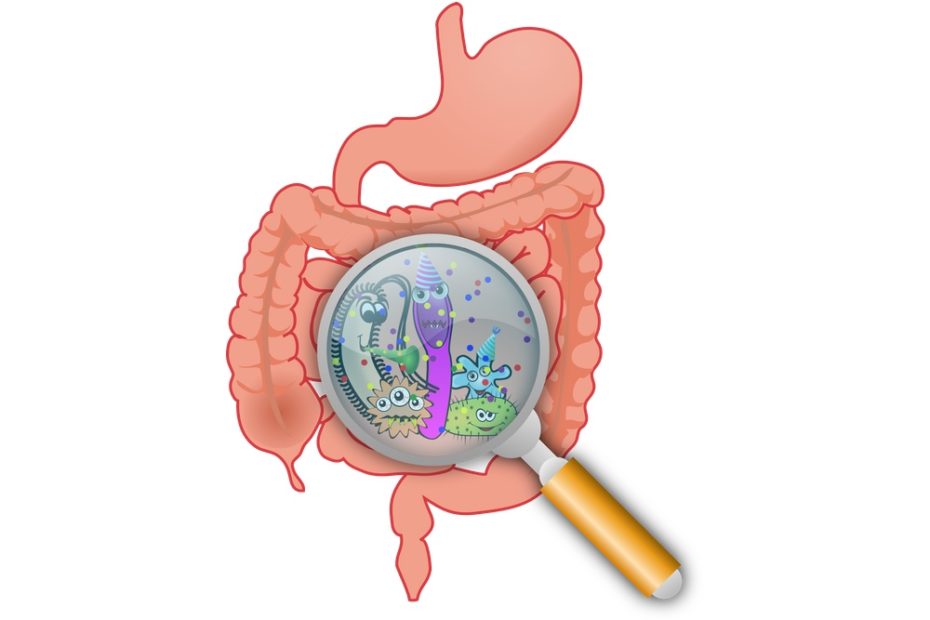So much preparation can go into the food we consume, but it is now only in recent years that the same care and attention has been given to the digestive system and its juices, which aid us in our daily human endeavours. Here we take a look at how digestion works and why it is the key to improved gut health.
What are digestive juices?
Digestive juices are the fluids and chemicals your digestive system produces in order to breakdown food into smaller absorbable nutrients. The digestive system consists of the gastrointestinal tract (GI), liver, gall bladder and pancreas make up the rest of the organs1. Each one contributes a signature mixture to the diverse array of juices that the human body produces. The main chemicals are bile, enzymes, and acids, all are complemented by mechanical methods under the control of muscle and neurones1,2.
What are digestive juices made of?
Enzymes are proteins which are made by cells in order to breakdown or synthesise molecules. The ones involved in digestion focus on the breaking down aspects; these are mainly produced in the pancreas, which feed the enzymes down via a duct into the small intestine where they can act1,2. Salivary glands in the mouth also produce enzymes to help with the initial stages of digestion, for example amylase which breaks down carbohydrate; other enzyme targets include lipids (fats) and proteins1,2.
The classic feature of digestive juices is stomach acid, specifically hydrochloric acid3. The resulting fragmented mixture is referred to as chyme1,2. This acid is so strong that it can damage the protective epithelial lining of the stomach. It is a barrier that consists of multiple glands, which produce gastric acid, enzymes, mucus, and bicarbonate for protective functions in addition to digestion3.
- Hydrochloric acid helps physically destroy foreign or harmful bacteria to reduce the chance of infection3.
- Mucus acts as a barrier to the hydrochloric acid3 and traps debris for degradation.
- Bicarbonate is an alkaline substance which neutralises the hydrochloric acid, making it less harmful to the cell of the epithelial lining.
However, sometimes these defences are not perfect, and acid can move to the wrong place. The most common is acid reflux, where stomach acid moves up the oesophagus4. This can occur through an error in the relaxation of the oesophagus muscles when allowing food to enter the stomach3.
Bile is a derived from cholesterol, bile acids and phospholipids5. It is another key component of digestive juices; it is made by the liver1 and stored in the gallbladder5. Since fats are insoluble in water, they need to be emulsified by bile for enzymes to digest them; it also helps absorb types of vitamins1.
The bacteria that live in your microbiome are also key in the process of digestion. The bacteria live symbiotically within your gut and produce their own enzymes, which help breakdown the ingested food2, for more general information check out this blog on your microbiome9.
What about the rest of the digestive system?
Gastrointestinal Tract: It consist of the mouth, oesophagus, stomach, small and large intestine and rectum. This tract is lined with smooth muscle which contracts under stimulation from the enteric nervous system (ENS) in order to mechanically break up the food1,2.
Pancreas: More than 90%2 of the pancreas is dedicated to enzyme secretion (exocrine function)6, the rest facilitates the synthesis of hormone production (endocrine function)6, which further regulates digestion and blood sugar levels1,2. A protective bicarbonate6 alkaline mixture is released by the pancreas for digestion; this helps neutralise any back flow of acid into the organ and segregates the activity of the enzymes it produces so to prevent self-digestion.
Gallbladder: It stores bile and delivers it into the duodenum (upper part of the small intestine) through the bile duct5.
Liver: It absorbs, stores, and processes the usable soluble nutrients (e.g amino acids, salts, sugars and soluble vitamins) into larger molecules1,7, depending on demand. It also produces bile and feeds it into the gallbladder via bile ducts1. The nutrients are delivered from the GI through the hepatic portal vein into the liver; the blood in this vein is enriched with nutrients8.
How to reset your digestive system?
This fascinating system may already seem equipped with all kinds of organs specialised to produce various amazing enzymes and juices, but there are some simple changes you can perform to enhance your digestion or manage any related conditions, for example IBS or high cholesterol.
However, if you do not know where to begin take a look at RYH, since the recipes supplied are tailored to you and to optimise gut health and digestion function. For more information on good digestive foods or RYH, either take a look at more of the blog pages or simply sign up for 4 weeks’ worth of delicious recipes.
References
1. Your Digestive System & How it Works. National Institute of Diabetes and Digestive and Kidney Diseases. 2017.
Available from:
2. John B. Furness, Eve K. Boyle, Josiane Fakhry, Joanna Gajewski, and Linda J. Fothergil. Digestive System (pg 532-555). Oxford Handbook of Evolutionary Medicine. 2019.
3. Institute for Quality and Efficiency in Health Care (IQWiG). How does the stomach work? 2016
Accessed from:
4. Heartburn and acid reflux. NHS. 2017.
Available from:
https://www.nhs.uk/conditions/heartburn-and-acid-reflux/
5. E. Carter Paulson, Robert E. Roses, Jon B. Morris. Gowned and Gloved Surgery: Introduction to Common Procedures. Chapter 12 – Laparoscopic Cholecystectomy (Pg 92-101). 2013.
Accessed from:
https://www.sciencedirect.com/science/article/pii/B9781416053569000145?via%3Dihub
6. Robert D. Utiger. Pancreas. 2020.
Accessed from:
https://www.britannica.com/science/pancreas#ref77418
7. Institute for Quality and Efficiency in Health Care (IQWiG). How does the liver work? 2016.
Accessible from:
https://www.ncbi.nlm.nih.gov/books/NBK279393/
8. Bruce M. Carlson MD, PhD. The Human Body: Linking Structure and Function. Chapter 10 – The Circulatory System (Pg 271-301). 2018
Accessed from:
https://www.sciencedirect.com/science/article/pii/B9780128042540000107
9. Think you’re human? Your microbiome begs to disagree. Reset Your Heath (RYH). 2019
Accessed from:
